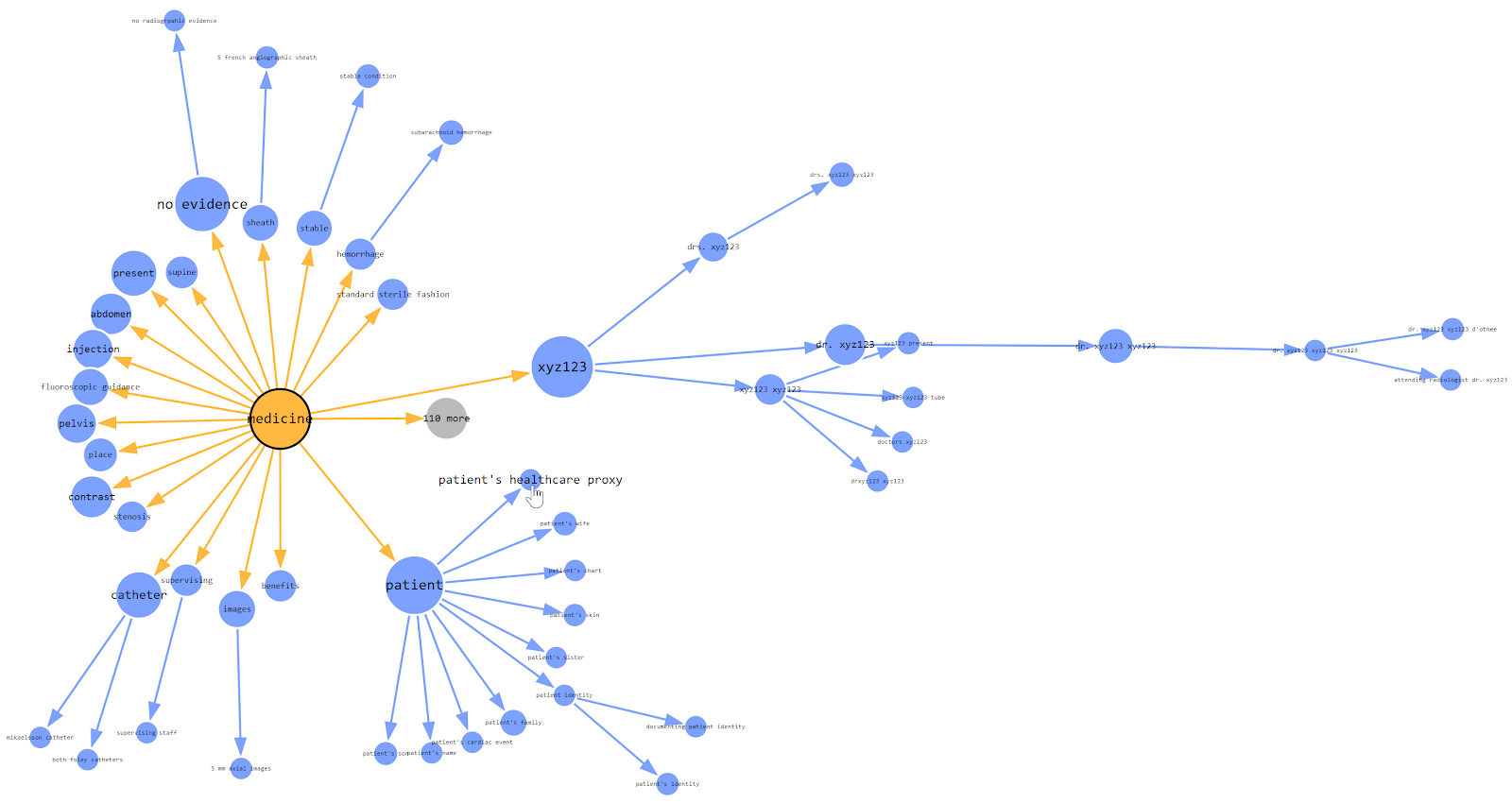 After many sleepless nights it's a pleasure to announce the newer, better, moderner ObjectScript compiler which implemented pretty much everything you ever wanted to have in modern ObjectScript:
After many sleepless nights it's a pleasure to announce the newer, better, moderner ObjectScript compiler which implemented pretty much everything you ever wanted to have in modern ObjectScript:
- Design objective of this new compiler is to parse reasonable subset of current ObjectScript syntax which will look readable for stranger, and not scare them with 1 letter syntax. The good start for compiler was the old-good COS Guidelines from here https://github.com/intersystems-ru/cos-guidelines
- For reasons we mentioned above we do not parse 1 letter syntax. It's declared evil;
- We do not handle dotted syntax for the same reason - modern syntax with {} is proper replacement for dotted syntax blocks;
But we not only parse the modern ObjectScript syntax, we have implemented finally the long-standing request which we always dreamed about. Closures!





